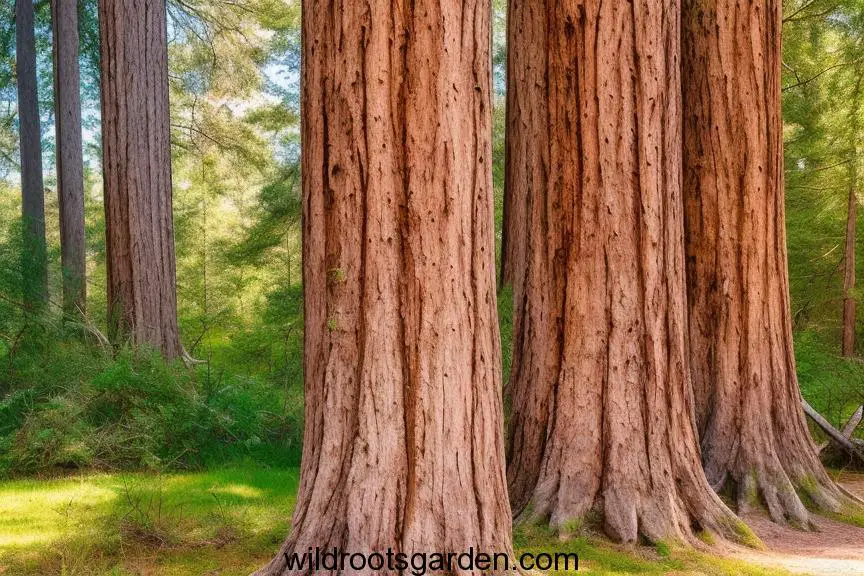11 + Cypress Wood Magic. Cypress trees, recognizable by their rounded cones and delicate needle-like leaves, exhibit an evergreen appearance. However, their deciduous nature sets them apart as they shed their leaves in autumn. The uniqueness of cypress trees lies not only in their appearance but also in their remarkable wood, prized for its diverse applications and durability. Let’s explore the world of cypress wood and delve into the reasons behind its value and expense.
Table of Contents
Why is Cypress wood considered both valuable and expensive?
Cypress Wood’s value is deeply rooted in its exceptional attributes. Its resistance to water and decay, coupled with its durability, makes it a prime choice for construction. This inherent quality, along with its scarcity, contributes to its elevated cost.
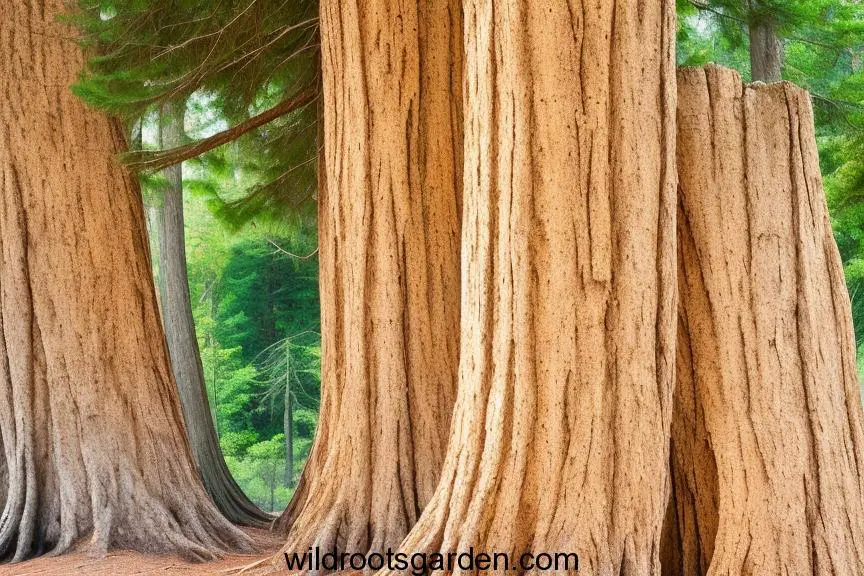
What are the primary uses of cypress wood?
Cypress wood boasts versatility, finding application in numerous sectors. Its sturdiness makes it suitable for heavy construction and homes. Boat docks, piers, and siding benefit from their resistance to water. This adaptability makes cypress wood a cherished resource.
How does cypress wood fare in outdoor environments?
Cypress wood’s resilience makes it an excellent candidate for outdoor use. Its ability to withstand water and decay makes it ideal for furniture, log cabins, and siding. As its natural hue evolves to silvery gray over time, cypress wood enhances the allure of exterior spaces.
Why is cypress wood cherished in water-related structures?
Cypress wood’s capacity to endure submerged conditions and resist stains makes it a preferred material for boat docks and piers. Wood from old-growth trees can last up to a century with proper maintenance. Its minimal susceptibility to shrinkage and warping further validate its suitability for aquatic projects.
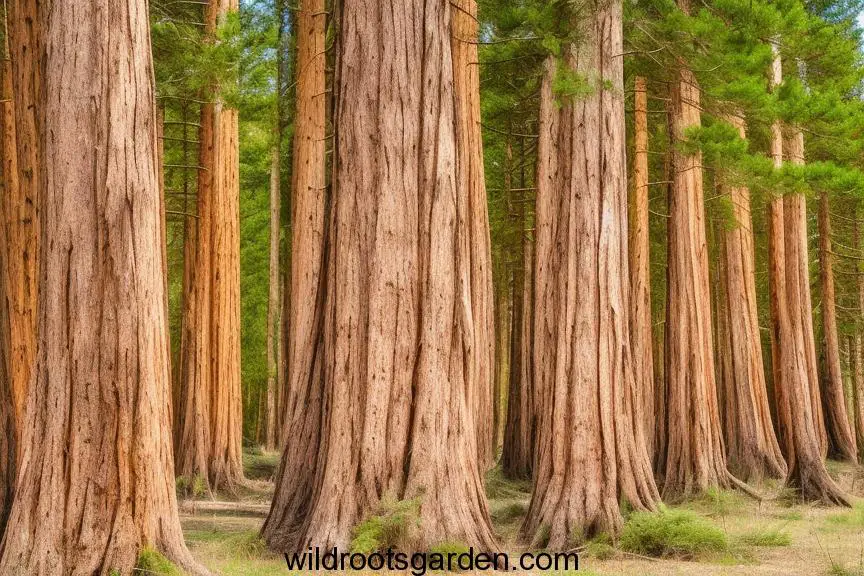
How does cypress wood contribute to aesthetic outdoor elements?
Cypress wood’s enduring nature enhances the visual appeal of outdoor spaces. Its innate ability to weather gracefully makes it ideal for outdoor furniture, fireplace mantels, and kitchen cabinets. Through appropriate preservation, outdoor cypress furniture guarantees enduring quality.
How does cypress wood compare to other materials?
Cypress wood seamlessly combines the qualities of both softwood and hardwood. While classified as a softwood, it exhibits traits akin to hardwoods, including a tighter grain structure and well-defined growth rings. This unique balance between strength, durability, and lightness positions cypress wood as a sought-after global asset.
Why does old-growth cypress wood command a high value?
Old-growth cypress trees, characterized by fewer knots, richer colors, and tighter grain, command premium prices. However, the scarcity of such trees poses a challenge. The presence of a fungus that creates appealing patterns further enhances the value of specific cypress species.
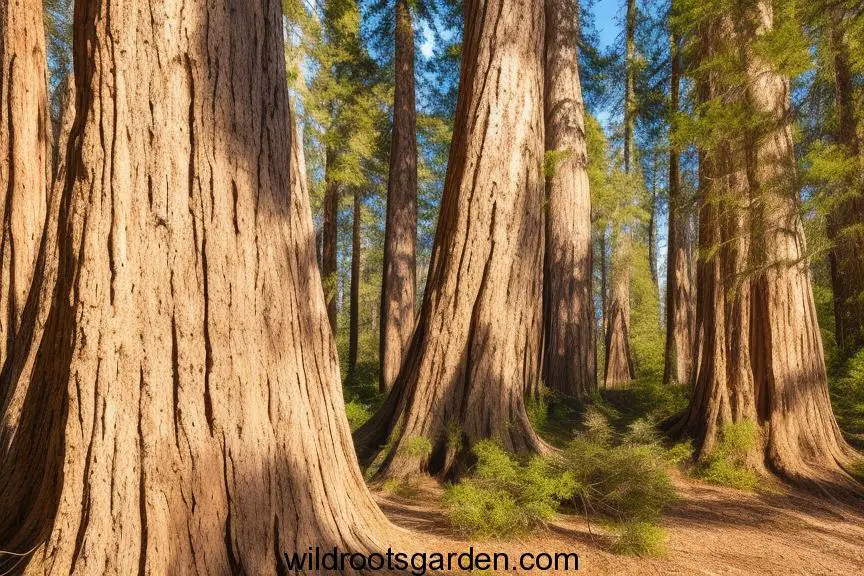
What factors contribute to the escalating cost of cypress wood?
The cost of cypress wood is intrinsically tied to the principles of supply and demand. Factors such as habitat destruction, gradual growth, and unsustainable harvesting practices contribute to the diminishing availability of cypress wood. Additionally, the increasing desire for antique cypress millwork and distinctive wood characteristics further propels prices upward.
How is cypress wood utilized beyond construction?
Cypress oil, extracted through steam distillation from the trees, serves various purposes. From shampoos to beauty products, cypress oil’s versatile properties make it a valuable component of many consumer goods.
Is cypress wood classified as hardwood or softwood?
Cypress wood straddles the boundary between hardwoods and softwoods. While possessing characteristics of both, it leans towards being a softwood. Its tight grain structure and growth rings set it apart from traditional softwoods, reducing the likelihood of warping, splitting, or twisting.
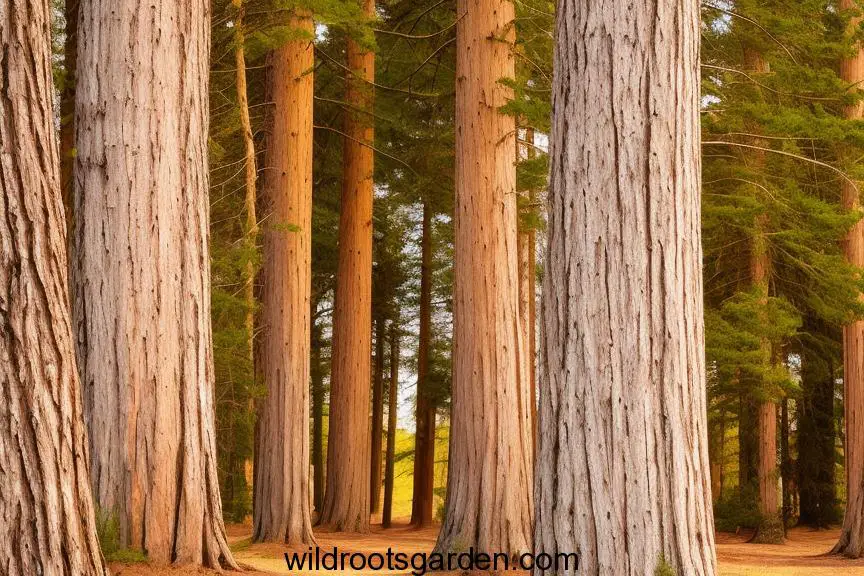
Is cypress wood suitable for furniture?
Cypress wood’s durability and resistance to water and decay make it an excellent choice for both indoor and outdoor furniture. Its longevity remains intact even in outdoor settings, making it a preferred material for enduring and appealing furniture.
Frequently Asked Questions About 11 + Cypress Wood Magic
What are the primary uses of Cypress wood?
Cypress wood is valued for its versatility and durability. It is commonly used in construction for outdoor applications such as siding, decking, and roofing. It’s also used in crafting furniture, cabinetry, and interior paneling due to its attractive appearance and resistance to decay.
Why is Cypress wood considered valuable?
Cypress wood is valuable for several reasons. Its natural resistance to decay and insects makes it a preferred choice for outdoor projects, reducing the need for chemical treatments. Additionally, its unique grain patterns and warm colors give it an aesthetic appeal, making it highly sought after for decorative and high-end projects.
What makes Cypress wood expensive compared to other types of wood?
Cypress wood’s expense can be attributed to several factors. Limited supply due to slow growth and harvesting regulations play a role. Its natural durability reduces the need for chemical treatments, which could add to its cost. Moreover, its popularity for high-quality outdoor and indoor projects drives up demand, influencing its price in the market.
Can Cypress wood be used for indoor applications?
Yes, Cypress wood is a popular choice for indoor applications. Its unique appearance and pleasant aroma make it suitable for crafting furniture, paneling, beams, and moldings. Its resistance to decay ensures that it remains durable even in humid environments, making it a reliable option for both indoor and outdoor use.
How does Cypress wood compare to other hardwoods in terms of durability?
Cypress wood is known for its exceptional durability, often rivaling other hardwoods. Its natural oils and preservatives make it highly resistant to decay, rot, and insect damage. This durability allows it to withstand harsh weather conditions and exposure to moisture, making it a preferred choice for exterior applications such as outdoor furniture and decking.
Final Thoughts
In summary, the charm of cypress wood lies in its exceptional combination of water resistance, durability, and distinctive attributes. From construction to outdoor aesthetics and even personal care products, cypress wood’s diverse applications underscore its unparalleled worth. As demand continues to surge, its cost reflects the rarity and irreplaceable attributes of this remarkable wood.
By understanding the uses, value, and reasons behind the expense of Cypress wood, you can make informed decisions about incorporating it into your projects, whether they are indoor furnishings or outdoor structures.

